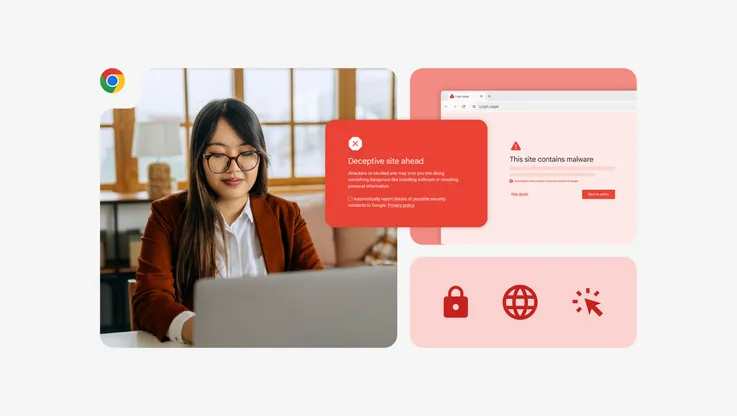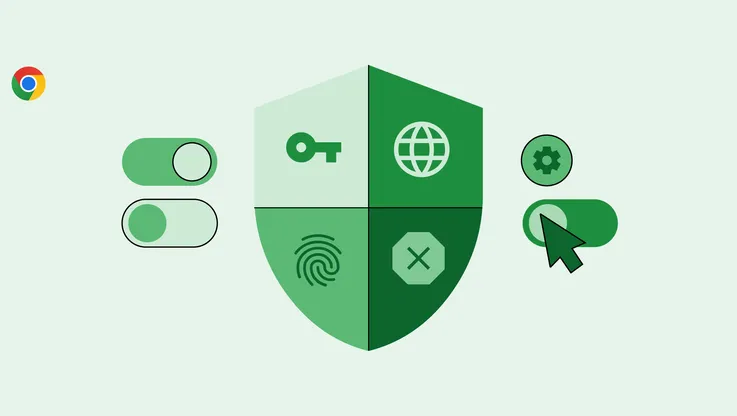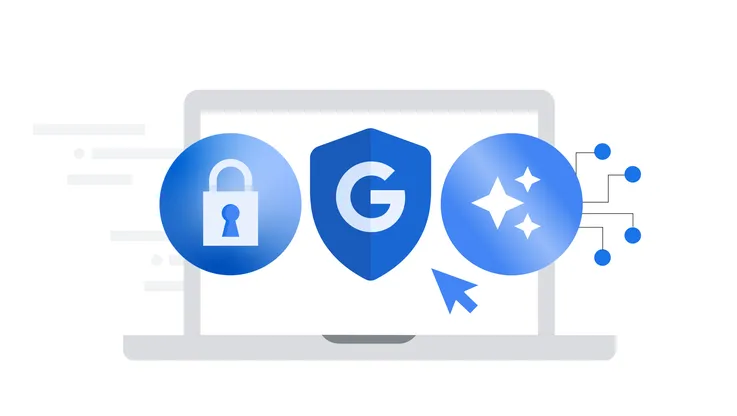Safe Browsing—protecting web users for five years and counting
In this post, we've collected some highlights from the past five years of our Safe Browsing efforts, aimed at keeping people safe online. See the Security Blog for the full details and more visuals. -Ed.
Five years ago, we launched Safe Browsing, an initiative designed to keep people safe from malicious content online. Our primary goal was to safeguard Google's search results against malware (software capable of taking control of your computer) and phishing (fraudulent websites that entice users to give up their personal information). We also wanted to help educate webmasters on how to protect their own sites.
Malware and phishing are still big problems online, but our Safe Browsing team has labored continuously to adapt to the rising challenges of new threats. We've also developed an infrastructure that automatically detects harmful content around the globe.
Here’s a look at the highlights from our efforts over the past five years:
- We protect 600 million users through built-in protection for Chrome, Firefox and Safari, where we show several million security warnings every day to Internet users. When we detect malware or phishing, we trigger a red warning screen that discourages clicking through to the website. Our free and public Safe Browsing API allows other organizations to keep their users safe by using the data we’ve compiled.
- We find about 9,500 new malicious websites every day and show warnings to protect users. These are either innocent websites that have been compromised by malware authors, or others that are built specifically for malware distribution or phishing. Our detection techniques are highly accurate—we have had only a handful of false positives.
- Approximately 12-14 million Google Search queries per day warn users about current malware threats, and we provide malware warnings for about 300 thousand downloads per day through our download protection service for Chrome.
- We send thousands of notifications daily to webmasters. When webmasters sign up for Webmaster Tools we give them the option to receive warning notices if we find something malicious on their site.
Malware and phishing aren’t completely solvable problems because threats continue to evolve, but our technologies and processes do, too.
Phishing and malware trends
Online commerce sites are still favorite phishing targets because phishers are motivated by money. Some tried-and-true phishing methods are still used, but attacks are also getting more creative and sophisticated. Attacks are faster, with phishers sometimes remaining online for less than an hour to try to avoid detection. They’re also more geographically dispersed and are getting more targeted.
Malware authors often compromise legitimate sites to deliver content from a malicious attack site or to redirect to an attack site. These attack sites will often deliver "drive-by downloads" to visitors, which launch and run malware programs on their computers without their knowledge. To try to avoid detection, these attack sites adopt several techniques, such as rapidly changing their Internet location with free web hosting services and auto-generated domain names. Although less common than drive-by downloads, we’re also seeing more malware authors bypassing software vulnerabilities altogether and instead employing methods to try to trick users into installing malicious software—for example, fake anti-virus software.
How you can help prevent malware and phishing
Our system is designed to protect users at high volumes, but people still need to take steps to keep their computers safe. Ignoring a malware problem is never a good idea—if one of our warnings pop up, you should never click through to the suspicious site. Webmasters can help protect their visitors by signing up for malware warnings at Google Webmaster Tools. These warnings are free and will help us inform them if we find suspicious code on their sites. Finally, everyone can help make our system better. You can opt-in to send additional data to our team that helps us expand the coverage of Safe Browsing.
Looking forward
Some of our recent work to counter new forms of abuse includes:
- Instantaneous phishing detection and download protection within the Chrome browser
- Chrome extension malware scanning
- Android application protection
It’s a good feeling to know that we’re making the web more secure and directly protecting people from harm—whether they’re our users or not. We continue to invest heavily in the Safe Browsing team so we can defend against current and future security threats.








